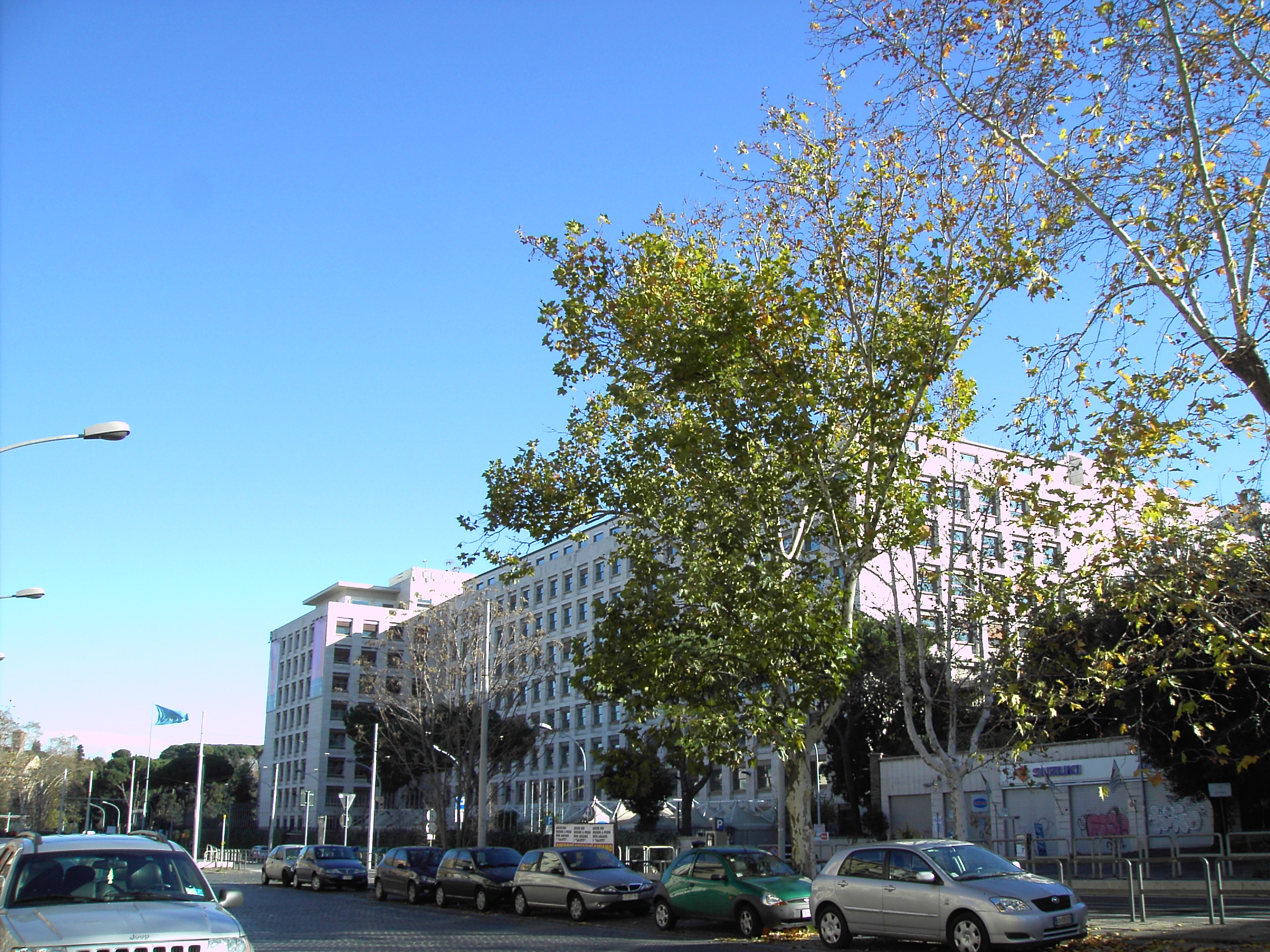Viale Aventino on:
[Wikipedia]
[Google]
[Amazon]
 Viale Aventino is a street that links Piazza di Porta Capena and
Viale Aventino is a street that links Piazza di Porta Capena and  Viale della Piramide Cestia, that lengthen the street from Piazza Albania to Piazza di Porta San Paolo, cuts the circle of the Servian Wall, built during the Roman Republic: some remains are still visible in the surroundings of Piazza Albania.
Viale della Piramide Cestia, that lengthen the street from Piazza Albania to Piazza di Porta San Paolo, cuts the circle of the Servian Wall, built during the Roman Republic: some remains are still visible in the surroundings of Piazza Albania.
Piazza Albania
Piazza Albania is a square of Rome (Italy), placed along Viale Aventino, not far from Porta San Paolo, at the footsteps of the Aventine Hill.
History
The square was conceived together with the urban development plan of 1883, that, amongst other ...
in Rome (Italy).
It marks the boundary between the Rione Ripa (towards the Aventine Hill
The Aventine Hill (; la, Collis Aventinus; it, Aventino ) is one of the Seven Hills on which ancient Rome was built. It belongs to Ripa, the modern twelfth ''rione'', or ward, of Rome.
Location and boundaries
The Aventine Hill is the sou ...
) and San Saba (towards the Baths of Caracalla)..
The street was built in the 1930s as a major route intended for the linking between Via Ostiense, the station
Station may refer to:
Agriculture
* Station (Australian agriculture), a large Australian landholding used for livestock production
* Station (New Zealand agriculture), a large New Zealand farm used for grazing by sheep and cattle
** Cattle statio ...
of the Rome–Lido railway at Porta San Paolo and the Roma Ostiense railway station: it started from Piazza del Circo Massimo (now Piazza di Porta Capena) and ended in Via Marmorata.
The first stretch of the street – giving a view over the Circus Maximus – houses the palace
A palace is a grand residence, especially a royal residence, or the home of a head of state or some other high-ranking dignitary, such as a bishop or archbishop. The word is derived from the Latin name palātium, for Palatine Hill in Rome which ...
of the Food and Agriculture Organization (FAO), formerly built as the seat of the Ministry of the Colonies; for this reason, the first name of the street, adopted in 1938, was ''Viale Africa''.
At that time the urbanization of the surrounding area was just at its first steps, so the street had been conceived as an urban promenade, with large sidewalks, four rows of buttonwoods and a tram-line in the middle.
The former denomination was suppressed in 1945 and replaced with the present one. In 1955 the name of the last stretch, between Piazza Albania and Via Marmorata, was changed into Viale Manlio Gelsomini. The buttonwoods, which in the 1990s were infected by '' ceratocystis fimbriata'', have been replaced at the beginning of the 2000s with lime trees
''Tilia'' is a genus of about 30 species of trees or bushes, native throughout most of the temperate Northern Hemisphere. The tree is known as linden for the European species, and basswood for North American species. In Britain and Ireland they ...
and oaks.
Notes
Bibliography
*{{cite book, first1=Claudio, last1=Rendina, first2=Donatella, last2=Paradisi, title=Le strade di Roma. 1st Volume A-D, date=2004, publisher=Newton Compton Editori, location=Rome, isbn=88-541-0208-3 Viale AventinoAventino
The Aventine Hill (; la, Collis Aventinus; it, Aventino ) is one of the Seven Hills on which ancient Rome was built. It belongs to Ripa, the modern twelfth ''rione'', or ward, of Rome.
Location and boundaries
The Aventine Hill is the sou ...
Aventino
The Aventine Hill (; la, Collis Aventinus; it, Aventino ) is one of the Seven Hills on which ancient Rome was built. It belongs to Ripa, the modern twelfth ''rione'', or ward, of Rome.
Location and boundaries
The Aventine Hill is the sou ...